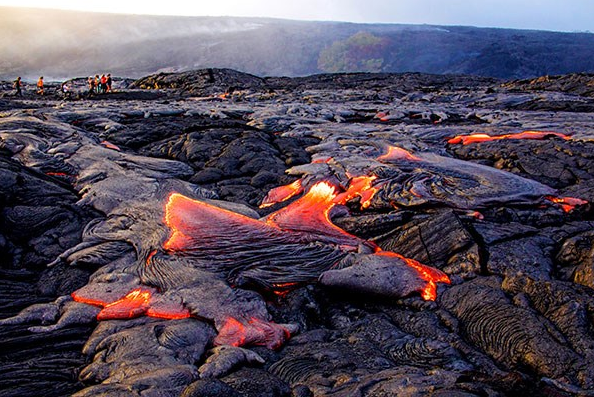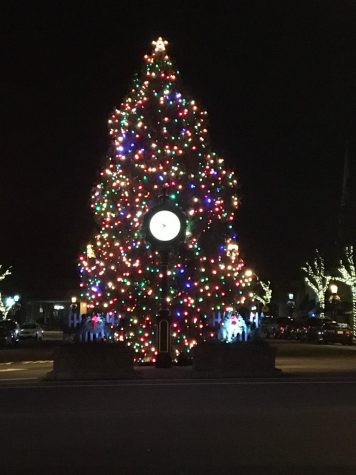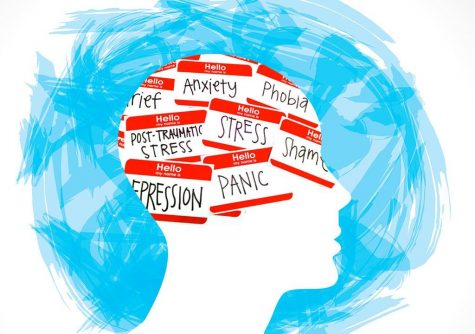Evacuations Issued in Hawaii

Lava Flow
When people are discussing issues impacting the United States they often forget our far flung fellow citizens in Alaska and Hawaii. Right now residents on Hawaii’s Big Island are experiencing the wrath of Kilauea which is the most active of the five volcanoes in Hawaii. Since 1983 Kilauea has been erupting on an almost continuous basis and on May 3rd another eruption was accompanied by a strong 6.9 earthquake. Kilauea started spewing lava and molten rock, forcing approximately 1700 resident in the Leilani Estates (which sits on the slopes of the volcano) to evacuate. For the past several days new fissures have been forming that release hot steam and extremely high levels of sulfur dioxide gas. Gaseous sulfur dioxide can cause serious eye, nose and skin irritations as well as headaches and shortness of breath – it’s even more serious for people who have existing medical conditions. According to the Hawaii County Civil Defense Agency, the gas “is an immediate threat to life for all who become exposed.” These fissures release gas and steam but the magma (molten rock) below is building up tremendous pressure which causes fractures in the land and allows the lava to flow — fortunately the lava flows slowly at less than 1 km per hour. As the lava flows it often breaks apart into hot rock and gas called pyroclastic flow — this flow will destroy anything in its path. In 1902 Mt. Pelee in Martinique erupted and a pyroclastic flow killed 30,000 people in the town of St. Pierre in two minutes. Magma can often erupt and in the case of Kilauea has created lava fountains that have reached 330 feet in the air.
Currently the 12 fissures which have emerged are quiet although 35 structures have been destroyed. Residents of the Leilani Estates are being allowed to check their property but need to be prepared to evacuate at a moment’s notice. When asked how long the episode will last, U.S. Geological Survey volcanologist Wendy Stovall said, “There’s more magma (underground lava) in the system to be erupted. As long as that supply is there, the eruption will continue.” So the short answer is that this eruption could be nearly finished or could go on for a long time.
http://www.kitv.com/story/38109291/the-latest-lava-update-from-hawaii-island










